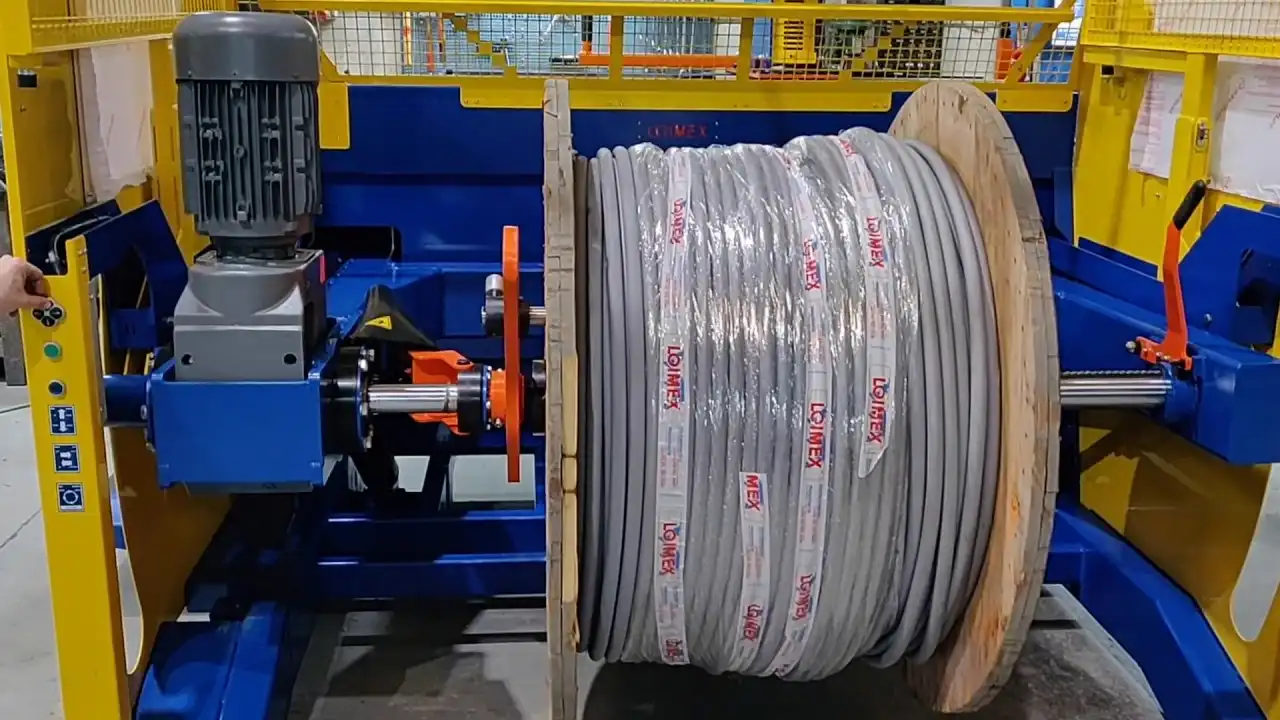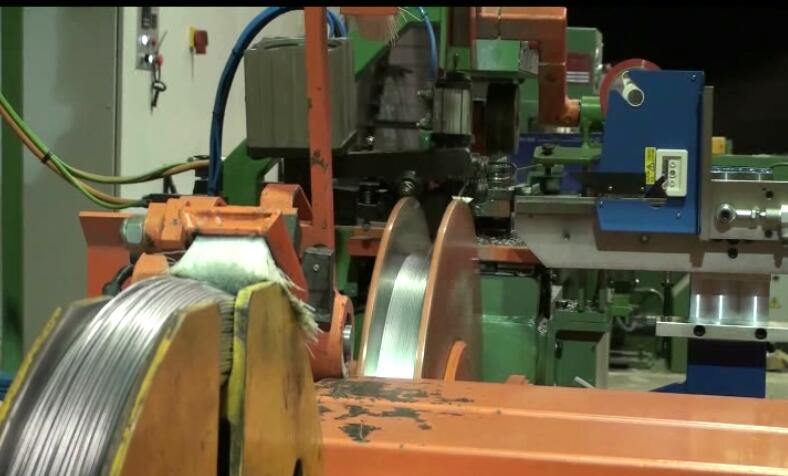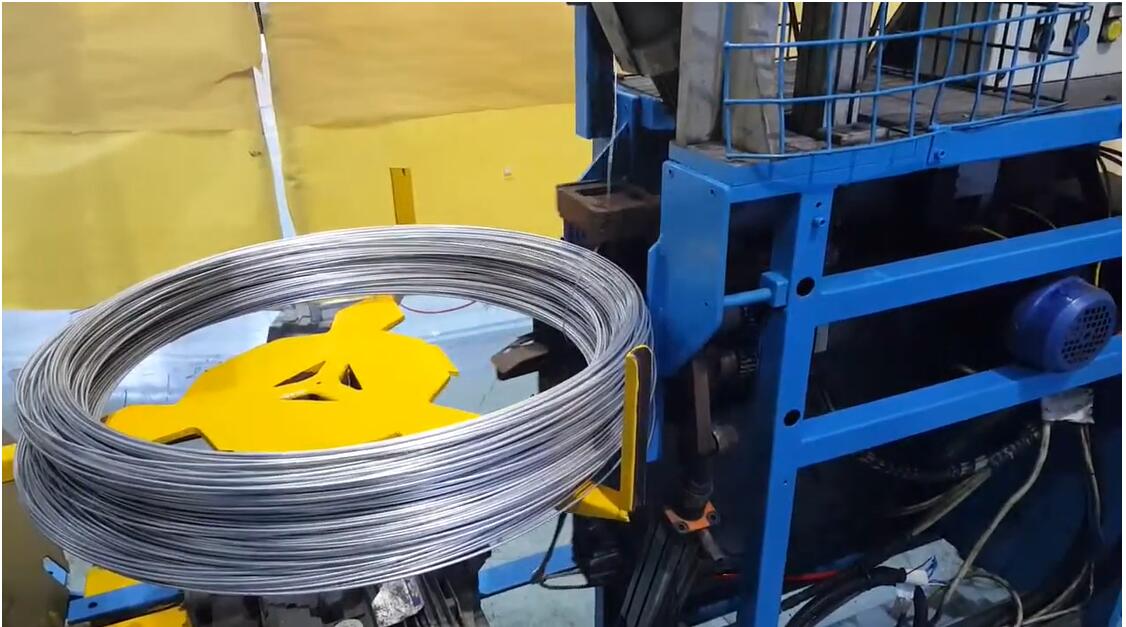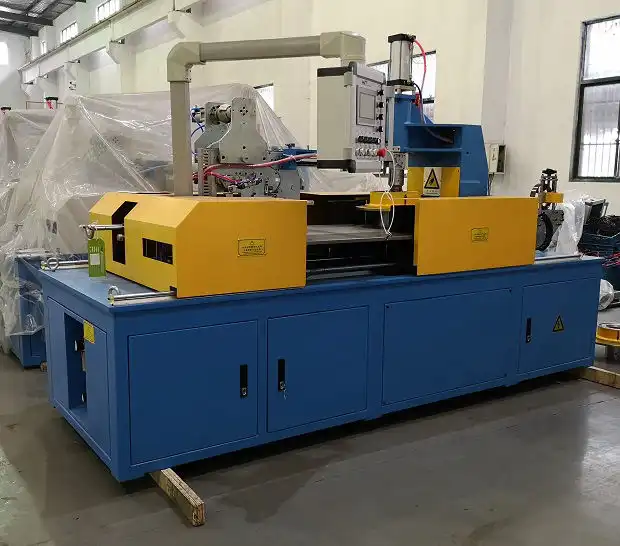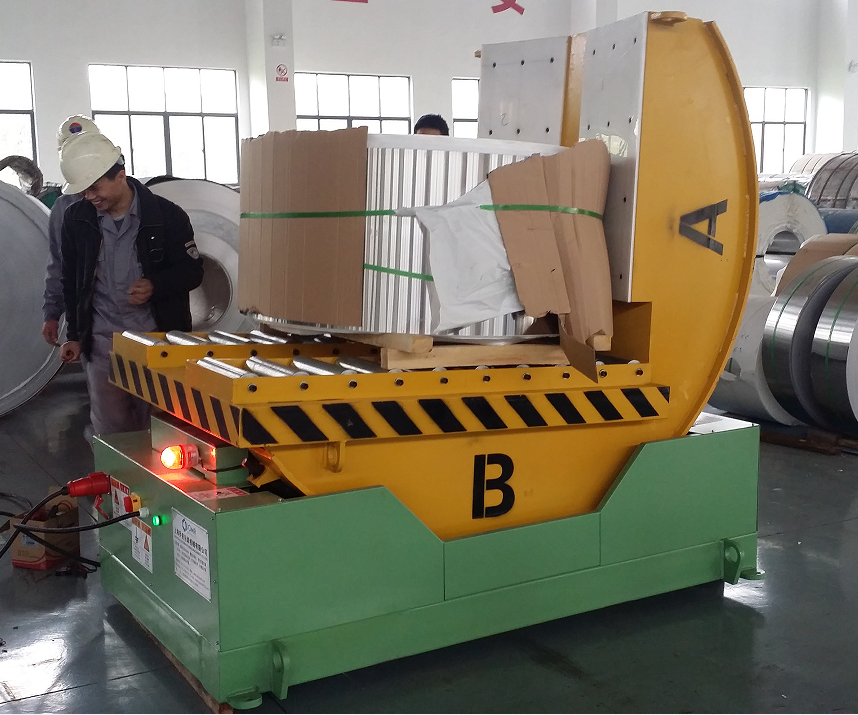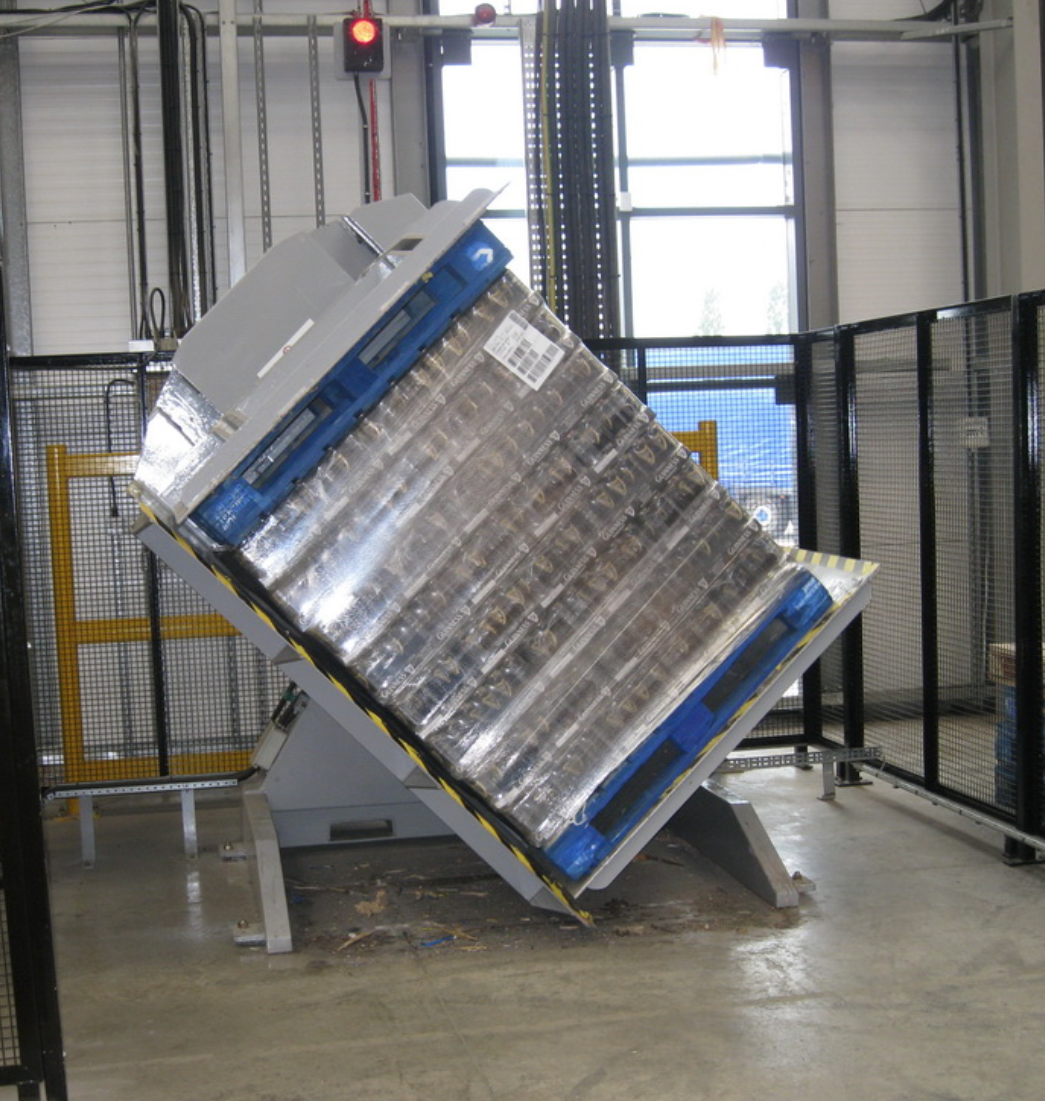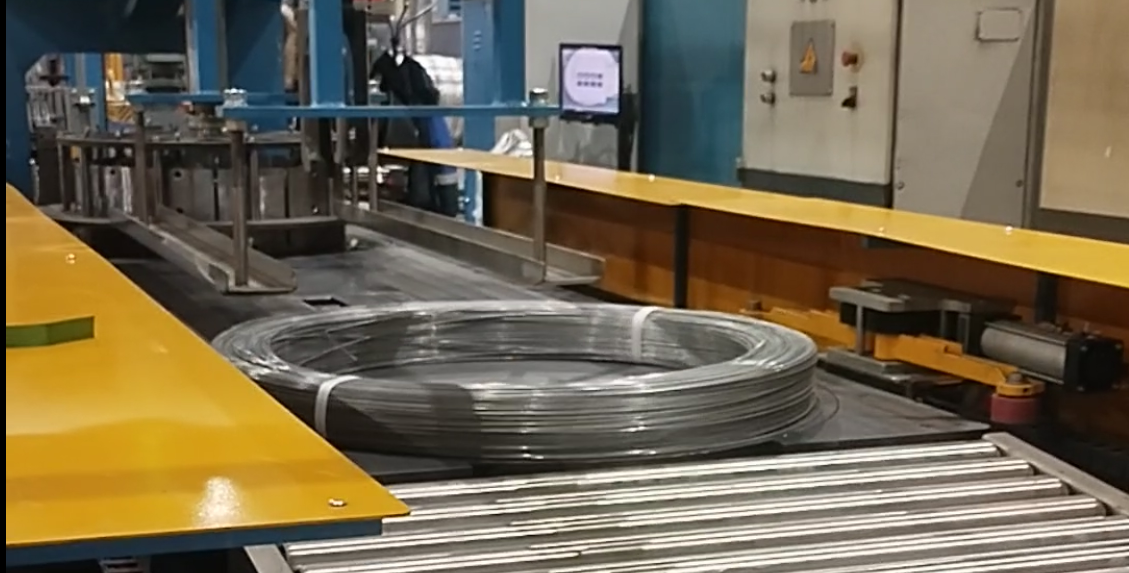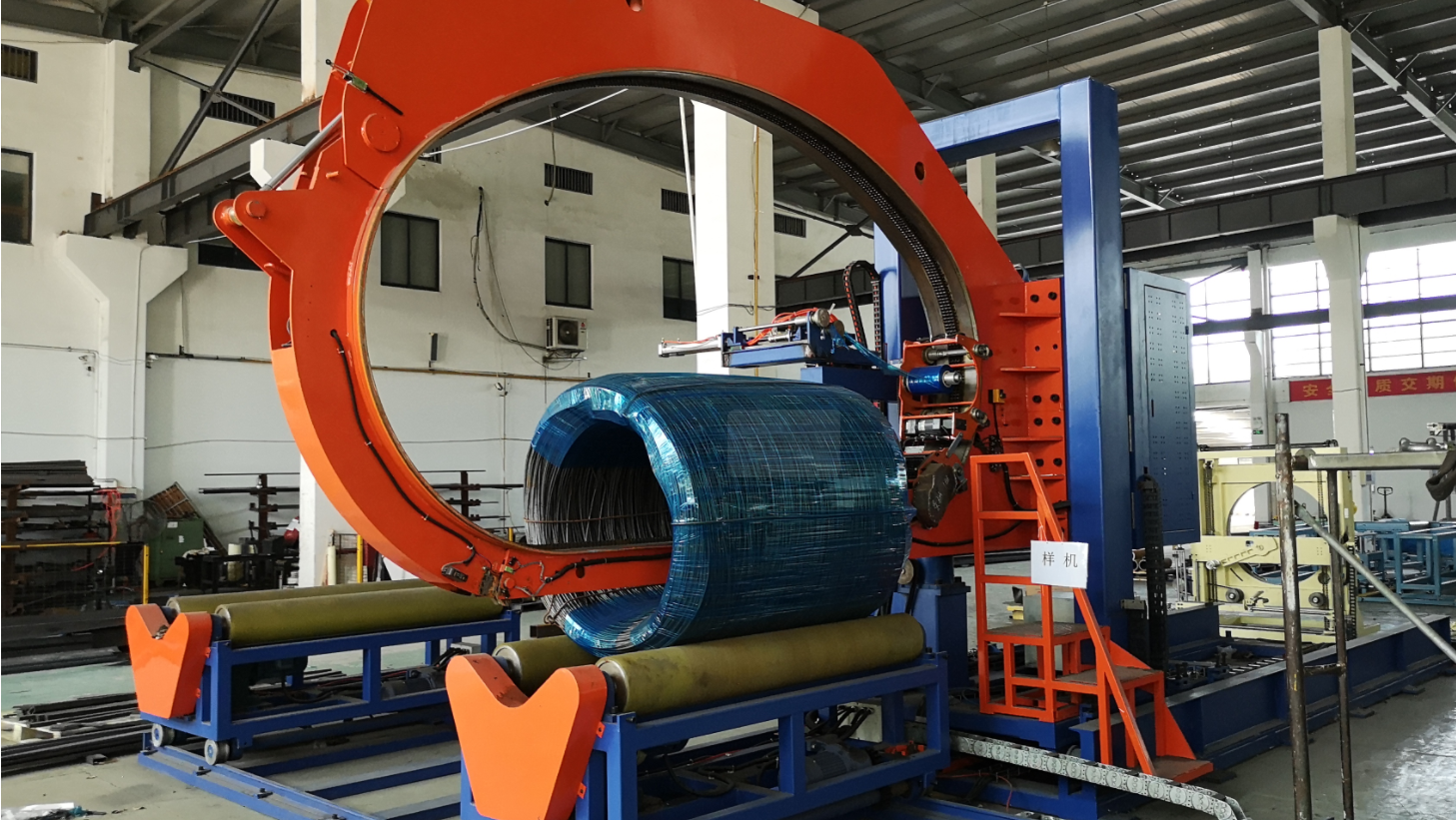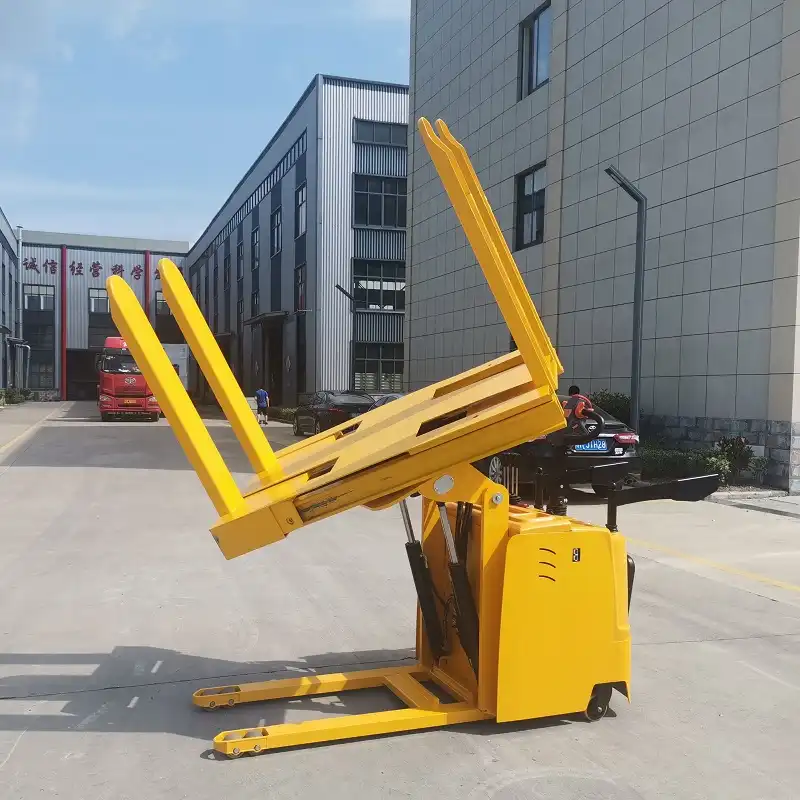Ensuring the integrity of steel wire during packing involves several crucial quality control measures. These measures maintain the physical properties and prevent damage during shipping and storage, aiming to supply a consistent and high-quality product to our customers.
Steel wire packing is a multifaceted process that demands stringent quality control at every stage to guarantee that the final product meets required standards and customer expectations. These measures are particularly critical because steel wire is used across a vast range of industries, from construction and manufacturing to agriculture and infrastructure. Defects or damage during packing can compromise the wire’s structural integrity, leading to potential safety risks and financial losses. Therefore, implementing comprehensive quality control protocols is essential.

Why Quality Control in Steel Wire Packing Matters
Quality control in steel wire packing is not merely a procedural formality but a critical element in ensuring that the steel wire retains its essential properties and performs as intended. Steel wire is fundamental in numerous applications, and its quality directly affects the safety and reliability of these applications. The need for effective quality control is underscored by several key factors:
Maintaining Product Integrity
Throughout the packing process, steel wire is vulnerable to various forms of damage, encompassing physical impacts, environmental exposures, and handling errors. Quality control measures, such as rigorous inspections and protective packing materials, mitigate the risk of damage, ensuring the steel wire maintains its original condition and properties.
Preventing Corrosion
Corrosion poses a significant threat to steel wire, potentially weakening its structure and diminishing its lifespan. Quality control includes monitoring environmental conditions during packing and employing anti-corrosion treatments to shield the steel from moisture and corrosive agents.
Ensuring Compliance with Standards
Various international standards and regulations dictate the quality and safety of steel wire. Quality control processes help verify that the packing methods adhere to these standards, affirming product reliability and safety.
Reducing Waste and Costs
Effective quality control reduces the likelihood of errors and damage during packing, thereby decreasing waste. By identifying and addressing issues promptly, businesses can minimize financial losses linked to damaged products and rework.
Enhancing Customer Satisfaction
Customer satisfaction is paramount for any business. Superior quality control directly translates to providing customers with a product that satisfies their requirements and expectations, fostering trust and strengthening long-term relationships.
Key Quality Control Measures in Steel Wire Packing
Several essential quality control measures are typically implemented in the steel wire packing process. These measures are designed to identify and address potential issues at each stage, ensuring the final product meets the required standards.
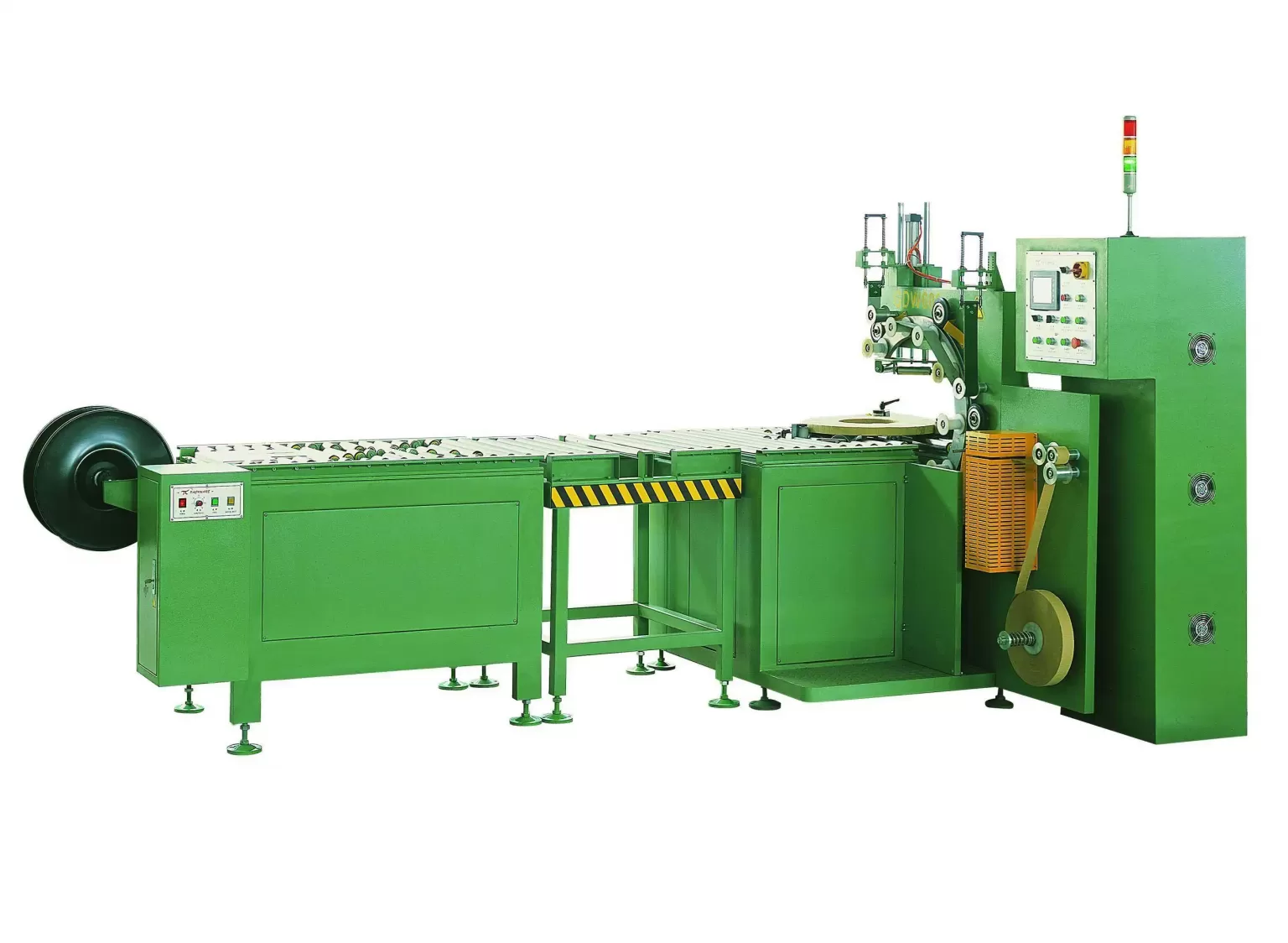
1. Pre-Packing Inspection
Before packing, the steel wire undergoes thorough inspection to verify it satisfies the stipulated quality criteria which include but not limited to:
- Surface Condition: Detection of any anomalies such as rust, scratches, or other surface imperfections.
- Diameter and Dimensions: Accurate measurement to guarantee consistency with predefined specifications.
- Mechanical Properties: Verification of tensile strength, yield strength, and elongation to ensure structural integrity
2. Material Selection for Packing
The choice of packing materials is pivotal in safeguarding steel wire from environmental factors and physical stresses. Commonly utilized materials and protective measures encompass:
- Rust Inhibitors: Application of coatings or films to deter corrosion.
- Waterproof Wrapping: Employment of materials such as plastic films or treated paper to shield against moisture.
- Crates or Pallets: Securing steel wire coils on wooden or steel pallets to facilitate handling and prevent direct ground contact.
3. Controlled Environment
Regulating the packing environment helps mitigate the risk of corrosion and other forms of damage. Vital environmental controls entail:
- Humidity Control: Maintaining low humidity levels within the packing area to prevent moisture accumulation.
- Temperature Control: Minimizing temperature fluctuations to prevent condensation
- Cleanliness: Maintaining a clean packing area to prevent contamination
4. Proper Handling Procedures
Inappropriate handling can lead to physical damage, potentially affecting the wire’s performance. Appropriate handling procedures include:



